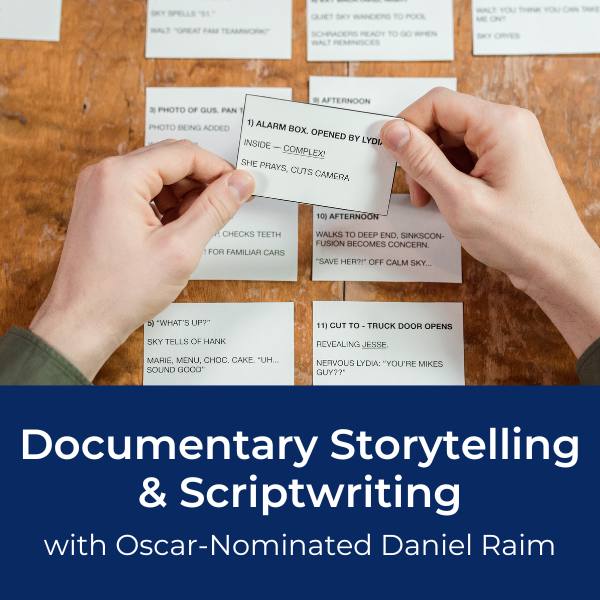Copyright Question: What proof do I need to legally use photos/footage in my documentary
by Naomi
(San Francisco)
Hi, I am aware that there are a lot of websites that contain photos/images that are either in the public domain, or where the authors have given consent that their work can be used freely. If I am to put some of these photos/images in my documentary, what kind of written proof or documentation do I need to provide that I can use them, should I wish to submit my documentary for tv or a film festival? Is there very specific kinds of paperwork I need to provide? Or do I just need to somehow find a way to prove that I can use them..
Thanks Naomi
Answer | Desktop Documentaries
Hi Naomi,
Great question. Everything in your documentary (photos, music, archival footage, artwork, etc) must be cleared to keep you out of legal trouble. You either must own everything outright, have proof it's in the public domain or have written permission from the owner. If you ever want to sell your documentary to distributor or broadcast network TV station, they will require this paperwork.
In limited cases, some items may fall under "Fair Use" allowing you to use copyrighted items without permission. But this is a tricky law, so make sure you fully understand this before moving forward.
In most cases, what you need is a Materials Release Form.
That form is included as one of the 7 "must have" legal forms for documentary filmmakers in the Legal Forms & Contracts Packet put together exclusively for Desktop Documentaries by entertainment attorney Gordon Firemark.
According to Firemark: "Use this form whenever you are including photographs, paintings, sculpture, other artwork, documents or artifacts in your film. Do not use this form for: film clips unless clips are being used without sound and do not include people. Clips including people (whether actors or others) require permission from the people depicted. Likewise, if a clip is taken from a feature film, television program or similar, rights and permissions must be cleared with the screenwriter, music composer, etc."
Forms for all the above scenarios are included in Firemark's Legal Forms & Contracts Pack for Documentary Filmmakers.
In addition, Firemark states:
"Of course, “proof” can take many forms. For example, a family photo would have been owned by the photographer, but if that person’s deceased, then the heirs would own it… So a Will, or a Court order regarding disposition of the estate might be the required proof. But for most situations, a materials release form signed by the owner is the answer. And, if the photo was taken since 1923, it’s unlikely it’d be in the Public Domain… So I don’t know how someone would prove such a thing."
Hope that helps!
Comments for Copyright Question: What proof do I need to legally use photos/footage in my documentary
|
||
|
||
|
||
Ready To Make Your Dream Documentary?
Sign up for our exclusive 7-day crash course and learn step-by-step how to make a documentary from idea to completed movie!














